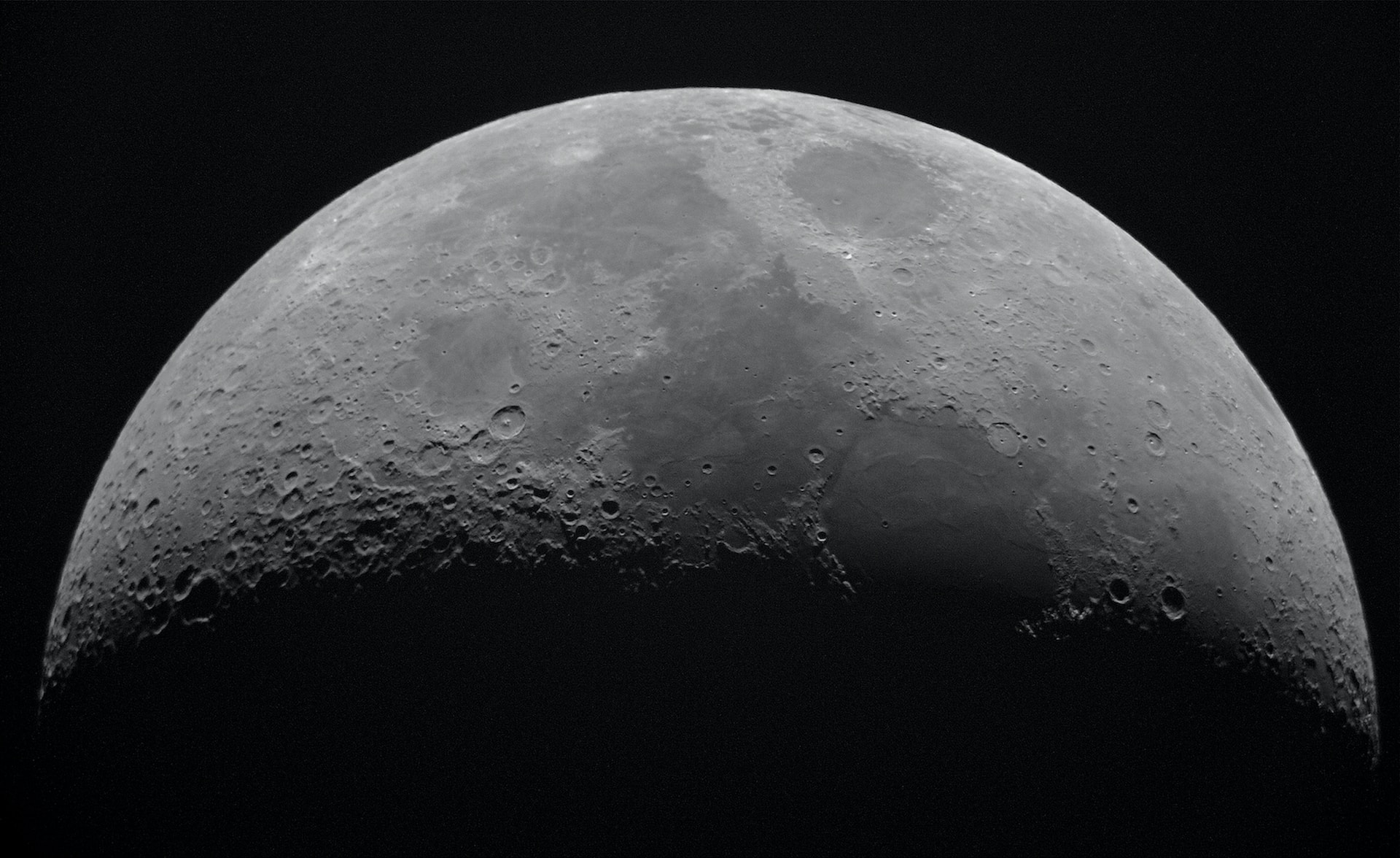Imagine drinking a glass of water that came from the Moon. Sounds crazy, right? But it could be possible shortly. Scientists have discovered lunar water on the Moon in various forms. Lunar water is water that exists on the Moon’s surface or subsurface. It is vital for life and space exploration. But it is rare and costly to transport from Earth to space. That’s why finding lunar water is a game-changer.
What is Lunar Water?
Lunar water is water that exists on the Moon’s surface or subsurface. It can be:
- Water molecules on the sunlit surface, discovered by NASA’s SOFIA observatory in 2020.
- Water ice in the cold, dark regions at the poles, confirmed by NASA’s M3 spectrometer on India’s Chandrayaan-1 probe in 2009.
- Water molecules bound to minerals and glasses in the soil, detected by several missions and Apollo samples.
The Moon has very little water compared to Earth. For example, the Sahara Desert has 100 times more water than the lunar soil. But even small amounts of lunar water can make a big difference for lunar exploration and science.
Why is Lunar Water Important?
Lunar water has many benefits for humans and robots on the Moon, such as:
- Providing drinking water and oxygen for astronauts.
- Producing rocket fuel by splitting lunar water into hydrogen and oxygen.
- Studying the origin and evolution of the Moon and Earth.
- Understanding how lunar water behaves in extreme environments.
It could also help build a sustainable lunar base that could be a gateway for further space exploration.
How to Find and Use Lunar Water?
Finding and using this water is hard. It needs advanced technologies and strategies. Some of the current and planned missions are:
| Mission | Agency | Goal | Status |
|---|---|---|---|
| Lunar Trailblazer | NASA | Map lunar water form, abundance, and location on the Moon | In development |
| PRIME-1 | NASA | Test ice extraction from dark regions using a robotic lander | In development |
| Chandrayaan-3 | ISRO | Explore lunar water and other resources at the South Pole with a rover | In development |
| LUPEX | JAXA-ISRO | Collect and analyze samples from dark regions with a lander and a rover | In development |
These missions will give valuable data and insights on how to access and use lunar water.
What are the Latest Updates on Lunar Water?
Lunar water is a hot topic of research and exploration. Discoveries and challenges happen every year. Some of the latest updates are:
- In 2023, a new map of lunar water distribution on the Moon showed how lunar water may move across the surface. The map used SOFIA data. It covered the south pole, where NASA’s Artemis missions will look for lunar water with the VIPER rover.
- In 2023, ISRO shared an update saying that it tried to contact Chandrayaan-3’s Vikram lander and Pragyan rover. But no signals came from them. ISRO team hoped that the sun would rise on Shivshakti Point, where they were parked. Then they would come back to life.
- In 2023, ISRO Chairman S Somanath said that the lunar soil was not dusty, but lumpy. Something was binding it. He said this gave new insights into the lunar soil in the South Pole region. It could show the potential of lunar water on the surface.
- In 2023, a study based on Chandrayaan-1 data said that Earth’s electrons may make lunar water on the Moon. The team from Hawai’i found that these electrons in Earth’s plasma sheet helped weathering processes on the surface.
Lunar water is a hidden treasure waiting for discovery and use. It could change our understanding of the Moon and space. It could also open new horizons for humanity’s space exploration. Lunar water is not just a drop in the bucket. It is a splash of hope and opportunity.





